The way you spend your money is important to your financial present and your future. Investing your money in smart ways can help you grow it and protect yourself against inflation.
Some investments are not considered smart or are way too risky if you aren’t experienced, and we go over some of those below. Some of the worst investments we name below aren’t bad inherently. They’re just not well-suited to casual investors or someone who doesn’t understand that particular area.
Buying a Brand-New Car

There’s nothing wrong with selling your car when it’s time and upgrading, indicates cashforcarslosangeles.com. Don’t buy a car that’s brand-new, however, because it’s always going to be a poor investment. Getting a vehicle that’s just a few years old is a much better alternative.
A car is a depreciating asset, so it loses value over time. New cars especially are prone to losing value because the biggest depreciation happens in the first year. When you drive a brand-new car away from the dealership, the value drops the second you leave the lot. Your car is no longer new—it’s now used. We often hear this referred to as the new car hit.
When you leave the lot, a new car can depreciate as much as 10% by the time you get home.
In the first year, the average new car loses around 20% of its total value. Then, there’s an additional 15% depreciation every year for four more years. Within the first five years, most cars lose around 60% of their value.
Also, when you finance a new car, a big chunk of the payment you’re making will be interest over the first few years, so you’re upside-down on your loan.
When you buy a car, look at it as something for convenience and maybe something you enjoy, but never as an investment because it’s a bad one.
Penny Stocks
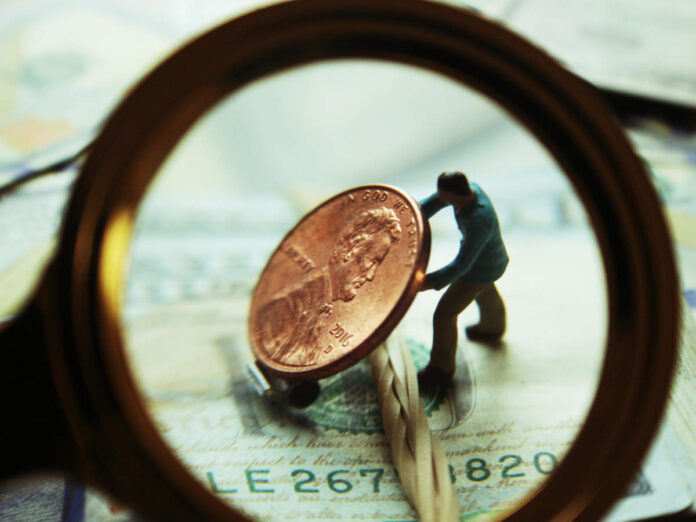
A so-called penny stock has a price of less than $5 per share. These are small companies with a market capitalization of less than $500 million. Also called micro-cap stocks, these are usually startups that don’t have proven business models, at least yet.
You typically buy penny stocks on an over-the-counter market. An OTC market doesn’t require the same level of reporting companies on major stock exchanges have to comply with. These are high-risk stocks without a history of performance or profitability.
What often happens with penny stocks is that they’re called pump-and-dump schemes.
They’re volatile and risky investments.
If you invest in penny stocks and you want to get out of it, when it’s time to sell, you may not be able to find a buyer. The demand for these stocks is much lower than the demand for stocks of established companies.
Savings Accounts
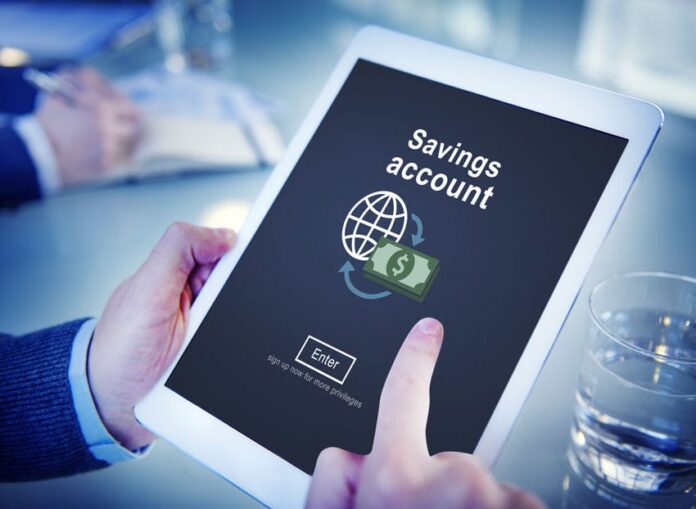
You may be wondering how in the world a savings account represents a risky investment. We often think savings accounts are the safest places to put money, but that’s a mistake to look at things that way.
Savings accounts generate low returns if any at all.
You’re losing money in this so-called safe investment, largely because of inflation. Inflation represents rising prices over time, and we’re in a period of very high inflation right now.
If you’re being paid 0.05% on your money in a savings account, and the inflation rate is 3%, there’s an erosion of your buying power.
You do want to have some money set aside as an emergency fund in a savings account, but beyond that, it’s not considered a wise investment.
Cryptocurrency
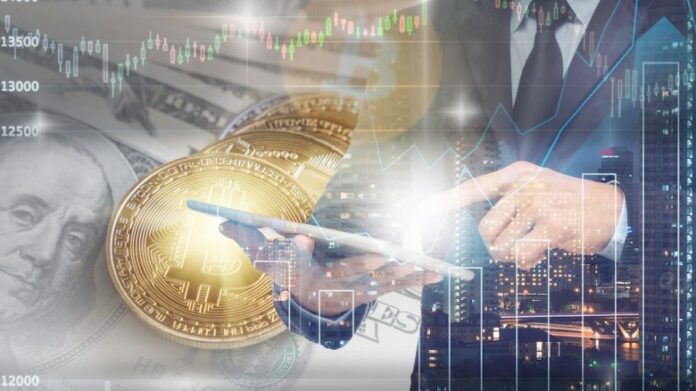
If you invest in crypto, it’s not inherently a poor decision. There are many future implications in crypto, but there are also things to keep in mind before you put money into it.
First, you should learn as much as you can before diving in. There are also so m many different types of cryptocurrencies trying to compete with Bitcoin that you may not know which one is right for you.
Some risks include volatility, a lack of market acceptance, and transaction costs.
There’s essentially no regulation either.
If you do invest in crypto, caution and don’t rely on it as your primary investment vehicle.
Collectibles
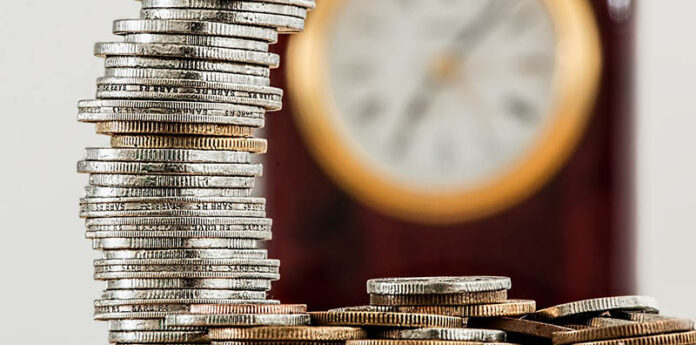
Investing in collectible items is rarely a good financial choice.
You have no way of knowing at any given time what future collectors are going to be interested in and see as valuable.
Many items that we consider collector’s items never get more valuable than the original sale price.
Forex
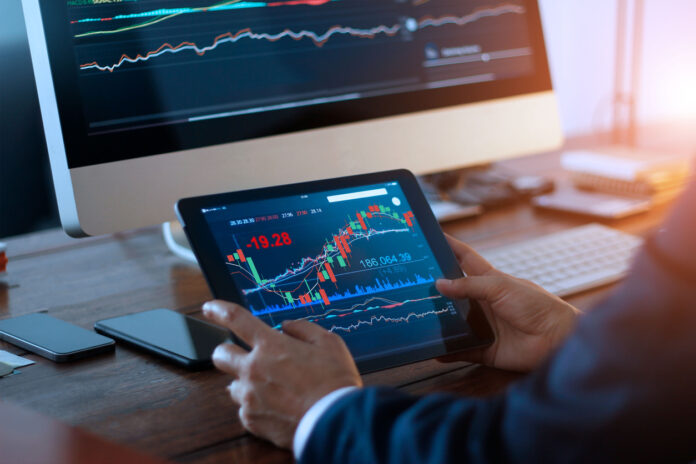
The forex or FX market is a global marketplace for currencies exchange. Forex markets are large and liquid, and currencies in these markets trade against each other as what are called exchange rate pairs.
An example is EUR/USD. This is a currency pair to trade the euro against the dollar.
Currencies are how we purchase goods and services locally and across country borders. There is an exchange of international currencies as part of doing trade and business at the foreign level.
There’s not a central marketplace for the exchange of foreign currencies, so it’s done over the counter. All transactions occur on digital networks among traders anywhere in the world instead of on a central exchange. The forex market is open 24 hours a day and 5 ½ days a week.
Again, like so many of the investments above, there are opportunities to make money with forex, but only if you know what you’re doing. It’s very risky.
One reason forex trading is so risky is because of margin calls. In forex trading, there’s an initial investment called a margin. The margin gets you access to trades in currencies. If there are even small price changes, it can lead to margin calls. You have to pay an additional margin when there’s a margin call.
If the market is volatile and you’re overusing leverage, you can experience losses that are more than your initial investment.
Finally, another risk exclusive to forex is interest rates. If there’s a difference between the currency values, forex prices can fluctuate wildly.









